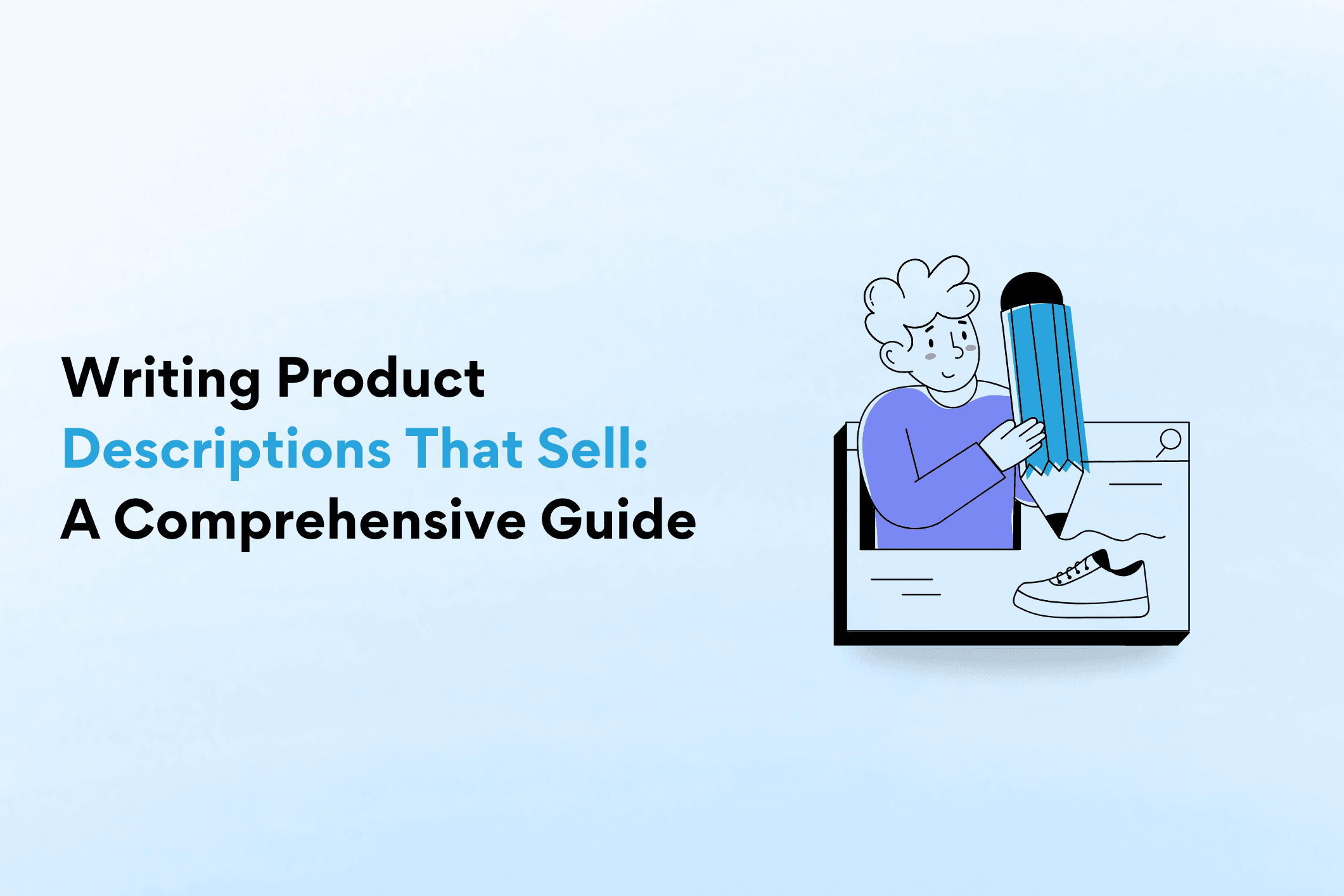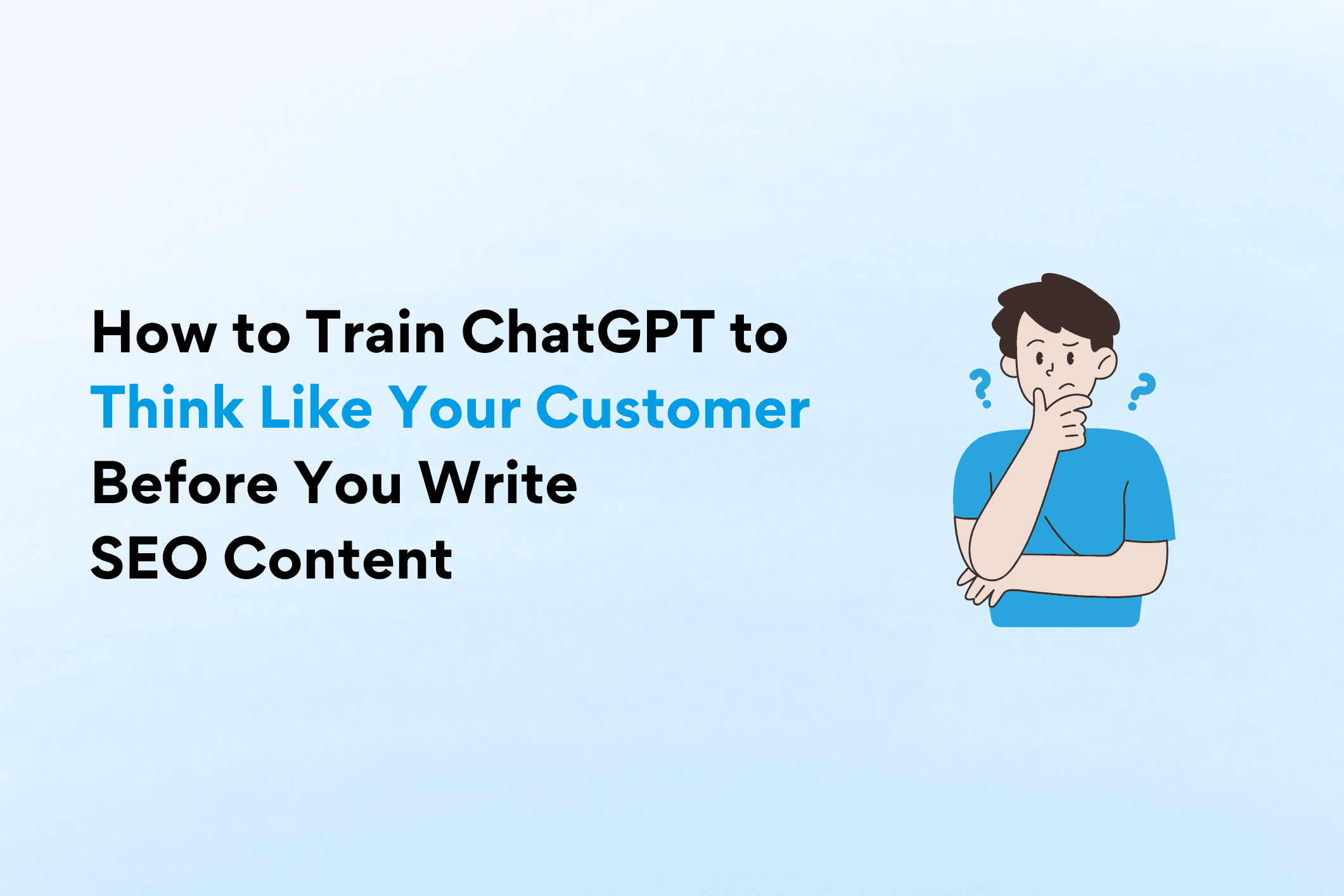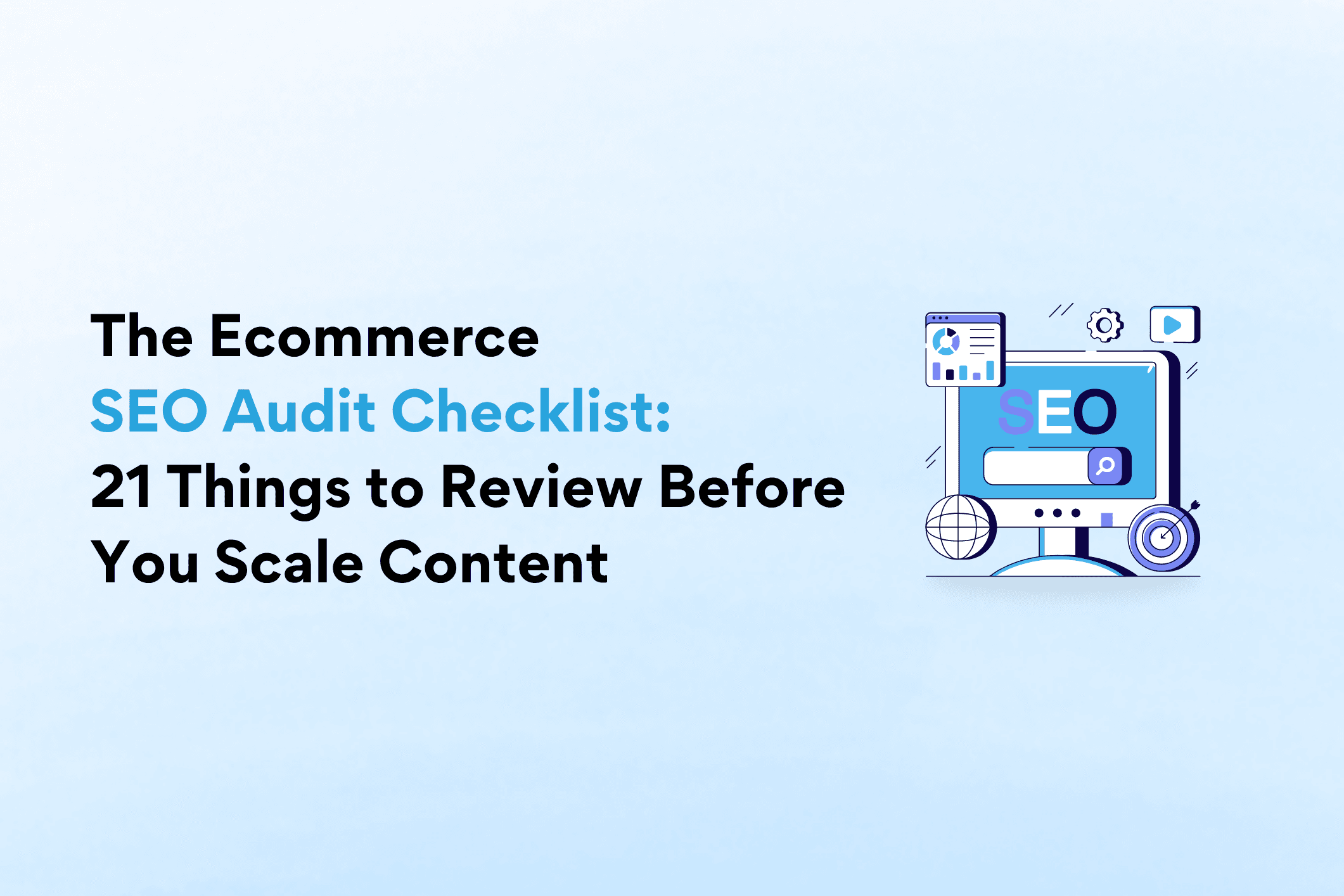A single click can mean the difference between a sale and a bounce in the world of ecommerce business.
That’s why product descriptions play a crucial role. They are often the first touchpoint customers have with your product, and a well-crafted description can mean the difference between blending into the crowd or standing out as the must-buy choice. So, let’s dive into what product descriptions are, why they matter, and how to write ones that actually sell.
What Are Product Descriptions?
A product description is a concise piece of copy that provides key details about a product. Its focus is to tell potential buyers about what the product is, how it works, and why they should purchase it. However, effective product descriptions go beyond facts—they weave a compelling narrative that resonates with the customer, addressing their needs and desires.
Why Are Product Descriptions Important?
Your product description is truly your silent salesperson. While a customer may not have the chance to physically inspect your product, the description serves as a bridge to their imagination. Effective product descriptions will:
- Convert browsers into buyers by addressing pain points and highlighting solutions.
- Build trust by providing clear, accurate, and engaging details.
- Improve SEO by integrating relevant keywords, helping your product appear in search results.
- Differentiate your brand by showcasing your unique tone and value proposition.
Studies indicate that 87% of shoppers rate detailed product content as a key factor in their purchase decision. Ignoring product descriptions can lead to lost opportunities and lower conversions.
What Makes a Product Description Good?
A good product description isn’t just about listing features—it’s really about selling the experience. Here are some trails of a good product description:
- Clarity: Avoid jargon. Write in simple, easy-to-understand language.
- Customer-Centric: Focus on benefits, not just features. Tell the customer how the product solves their problem.
- Emotionally Engaging: Use language that evokes feelings and sparks the imagination.
- SEO-Friendly: Seamlessly integrate keywords without sacrificing readability.
- Action-Oriented: Use persuasive calls to action (e.g., “Start your journey today!”).
Highlight Key Features and Benefits
Every product has features, but customers care more about what those features can do for them. When writing descriptionshighlight specific product details like material, dimensions, or functionality which covers features.When it comes to benefits, explain how the features enhance the customer’s life (e.g., “Crafted from lightweight aluminum, this bottle is perfect for on-the-go hydration without weighing you down”).
Remember, features tell, but benefits sell.
Tips for Writing a Product Description
- Speak to Your Target Audience: Understand who your customers are. Are they tech-savvy professionals, outdoor adventurers, or style-conscious shoppers? Use a tone and language that resonates with them.
- Highlight Benefits: Make it crystal clear how the product will improve the buyer’s life. Use phrases like “ideal for,” “perfect solution for,” or “designed to.”
- Feed Their Imagination: Help your customer visualize using the product. For instance, instead of saying, “This coffee maker brews quickly,” say, “Imagine waking up to the aroma of freshly brewed coffee in just minutes.”
- Tell a Story: Stories create emotional connections. Share the product’s inspiration, unique creation process, or even a customer success story.
- Answer Important Questions: Anticipate what your customer might ask. Address queries about size, compatibility, usage, or maintenance upfront.
- Include Social Proof: Highlight reviews, testimonials, or awards to build credibility and trust. For example: “Rated five stars by over 2,000 happy customers.”
How to Write a Product Description
When writing a product description that sells, follow these actionable steps:
- Research Your Product and Audience:
Understand every detail about your product and align it with what your target audience values. - Create a Compelling Headline:
The first line should grab attention and communicate value. For example: “Stay Warm in Style: The Ultimate Winter Jacket.” - Write a Strong Opening Line:
Hook your readers by immediately addressing their pain points or desires. For instance: “Tired of bulky winter coats that weigh you down? Meet your sleek new favorite.” - Focus on Benefits First, Features Second:
Lead with benefits and weave features into the narrative. - Use Power Words and Active Voice:
Words like “transform,” “effortless,” and “reliable” evoke strong emotions. Active voice keeps sentences clear and direct. - Include a Call to Action:
Encourage customers to take the next step: “Order now and enjoy free shipping!”
Writing product descriptions that sell isn’t just about explaining what your product is—it’s about making your customers feel like they need it. By focusing on the customer, telling a story, and highlighting benefits, you can transform ordinary product descriptions into powerful sales tools.
Take the time to craft descriptions that are clear, engaging, and customer-centric. When done right, your product descriptions won’t just inform—they’ll inspire action.
Greg is a digital marketing strategist, ecommerce owner, e-commerce marketing agency owner, and recognized leader in the D2C industry.
With 18 years of experience working with small, medium, and large organizations, Greg knows how to build and execute marketing strategies that drive growth.



